GUEST BLOGGER CHRISTY HALE
In Copycat: Nature-Inspired Design Around the World illustrations of plants and animals and tanka poetry are paired with photographs of innovative inventions and designs found around the world
to present examples of nature-inspired design.
Pre-reading discussion
Ask your students:
- What are some of your favorite animals? Why do you like them? What kinds of physical features do they have?
- How do animals blend into their environments to protect themselves from predators? What do you know about animals that have specific functionality that helps them survive in their habitats?
- How can we use nature and the environment around us as inspiration?
Explore the book
Read Copycat. Notice how each spread makes a visual connection between a plant or animal on the lefthand side and an invention on the righthand side. Turn to the back matter to learn more about the features of the natural item and how it inspired the related invention.
Inventors solve problems. The early Japanese bullet trains were very noisy! They made loud booms every time they went through a tunnel. Eiji Nakatsu, the engineer was also a birdwatcher. He observed kingfishers diving for prey, their tapering beaks allowing them to transition smoothly from air to water—no splash, no sound! Nakatsu redesigned the nose of the train to mimic the bird’s streamlined beak and the trains ran faster, more quietly, and used less energy. Inventors observe.
Schoolyard scavenger hunt
- Invite your students outside to make observations. Have them each bring along an 8.5 x 11” piece of paper divided in half lengthwise and a pen or pencil.
- On one side ask students to record the nature items they see. On the other side, record related human-designed items. Begin on either side. (For example, “I saw an airplane. It has wings like a bird.”)
Help students develop background knowledge about Nature-Inspired Design and Biomimicry by reading the back matter. The word biomimicry comes from two Greek words: bios, which means “life,” and mimesis, which means “imitate.” The Biomimicry Institute describes biomimicry as “a practice that learns from and mimics the strategies found in nature to solve human design challenges.”
Some inventions start out by identifying a problem. Others begin by noticing a special quality of
nature and figuring out how to use it. About 80 years ago, when George de Mestral, a Swiss engineer and his dog returned from a walk in the woods covered with burrs. De Mestral examined the burrs under a microscope and noticed their hook-like shape. This gave him an idea for a two-sided hook and loop fastener. He called it VELCRO from the French words velour (velvet) and crochet (hook).
Adaptation to copycat invention
- Tell your students to draw a plant or an animal they think is interesting.
- Ask them, “In what type of habitat does your plant or animal live?” Instruct students to label the parts of their plant or animal that help it survive in its habitat. (For example, the hooks, the beak, or the fur.)
- Invite students to learn from the natural world and become “copycats.” Have students draw an invention inspired by one of their plant or animal’s features.
- Ask students to describe how their inventions could help people.
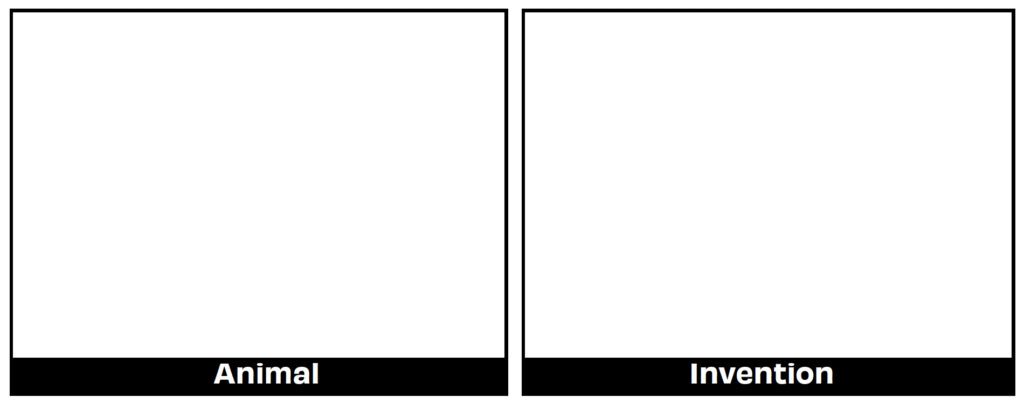
Write a tanka about your invention
The poems throughout the book are written in a form called tanka. Develop background knowledge about tanka in the back matter.
Tanka have thirty-one syllables written in five-line poems.
Line 1: five syllables
Line 2: seven syllables
Line 3: five syllables
Line 4: seven syllables
Line 5: seven syllables
Point out to students that tanka do not have titles and do not rhyme. There is no capitalization at the beginning and no period at the end.
prickly burrs grab tight
to anything passing by
little hooks and loops
join with a powerful grip
separate sides bind as one
The third line of each poem has a special purpose. It relates to both the first two lines and the last two lines. This pivot line links the first two lines to the last two lines to tell a complete story.
Invite your students to try writing a tanka where the first two lines describe a behavior or strategy in nature, and the last two lines highlight the human design or invention.
Christy Hale is the author and illustrator of several acclaimed children’s books, including the award-winning companion book Dreaming Up: A Celebration of Building published by Lee & Low Books, and Water Land: Land and Water Forms Around the World published by Neal Porter Books/Roaring Brook Press. Many of the books Hale has authored are inspired by her interest in design and how it relates to all aspects of life. Find Christy online at:
Website: https://www.christyhale.com
Twitter: @ChristyHale_bks https://twitter.com/ChristyHale_bks
Facebook: @christy.hale1 https://www.facebook.com/christy.hale1
Instagram: @christy_hale_bks https://www.instagram.com/christy_hale_bks/?hl=en


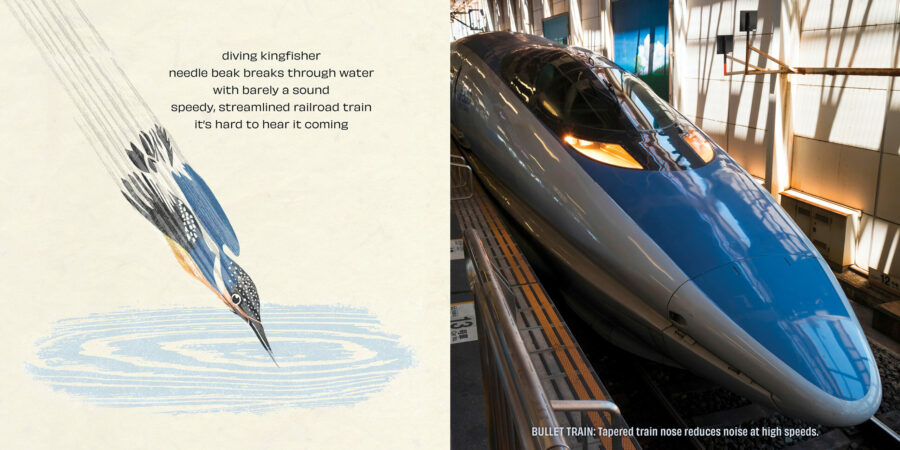


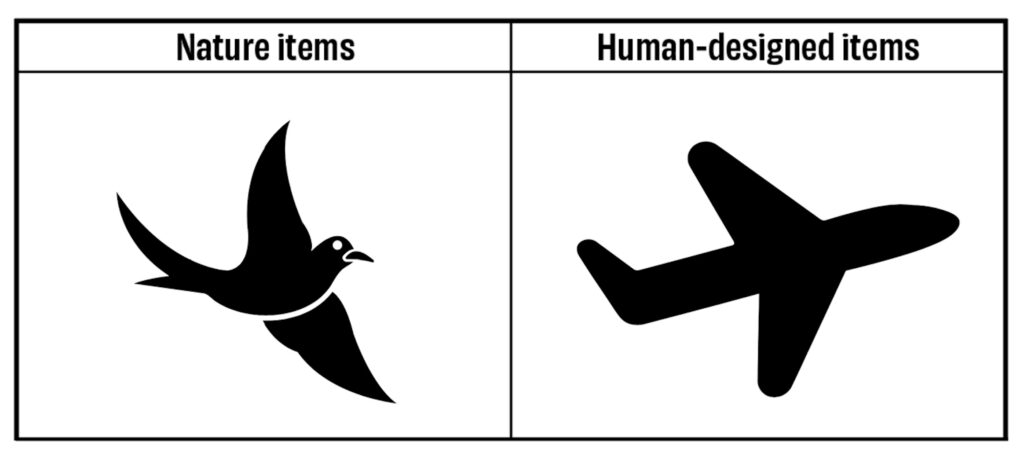
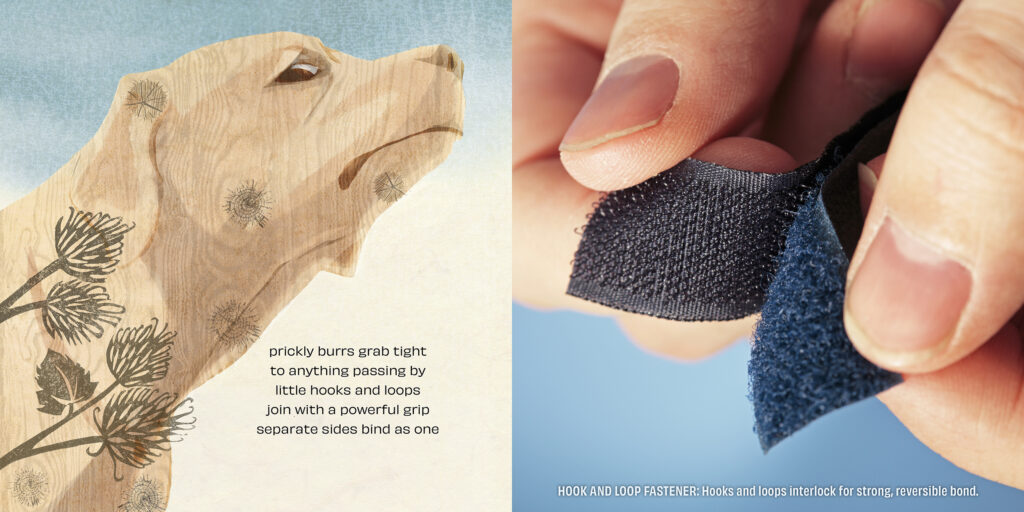

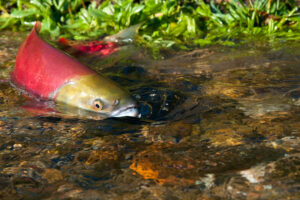

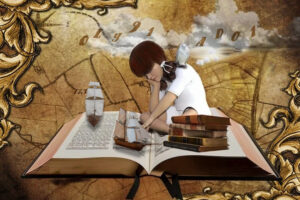


Leave a Reply
Your email is safe with me.